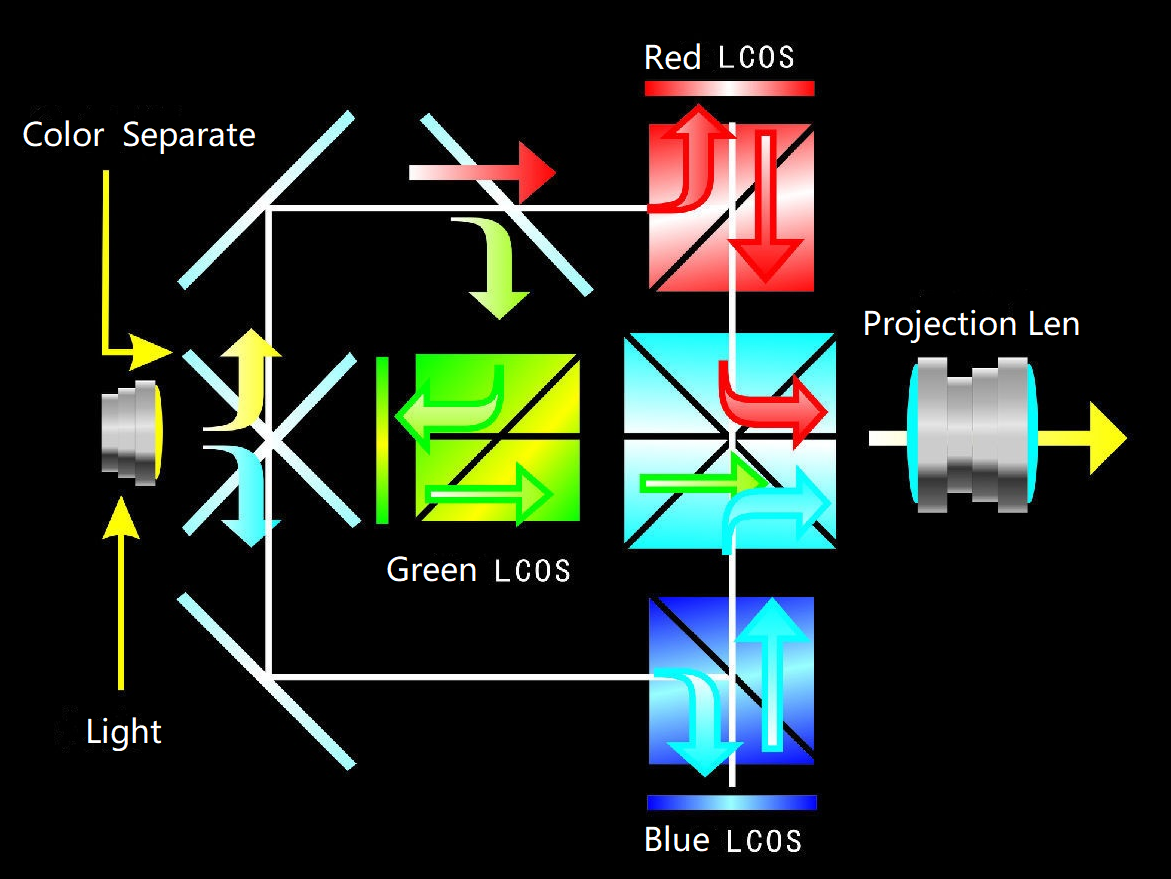With the continuous development of technology, our quality of life has greatly improved. In this era of unlimited technological possibilities, the birth of planar waveguide technology has brought us unprecedented visual experiences. Particularly in the field of augmented reality (AR), the application of planar waveguide technology has allowed our real world to be more closely integrated with the virtual world. Let's learn about the principles of planar waveguide technology, the key technical challenges, and its advantages in AR applications.
I. Explanation of Planar Waveguide Technology Principles
As the name implies, planar waveguide technology is a technique that transmits and guides light within a special plane. This technology can transmit light signals with high precision and efficiency, enabling various high-performance optical applications. Planar waveguide technology mainly consists of two parts: the light source and the waveguide structure. The light source is responsible for emitting light signals, while the waveguide structure guides and transmits these light signals.
In planar waveguide technology, the waveguide structure is usually made of special materials with a high refractive index. When light signals enter the waveguide structure, they undergo total internal reflection due to the difference in refractive index, thus achieving light transmission and guidance.
II. Key Technical Challenges
Planar waveguide technology faces some key technical challenges in practical applications, mainly including the following aspects:
Waveguide structure design: To achieve efficient light transmission, the waveguide structure needs to be precisely designed and manufactured. This requires a deep understanding of optical principles and waveguide materials, as well as high-precision manufacturing processes.
Light source selection: High-quality light sources are needed for planar waveguide technology to achieve high-performance optical applications. Choosing the appropriate light source is crucial for improving the performance of the waveguide system.
Coupling efficiency: Successfully coupling the light signals emitted by the light source into the waveguide structure is a key technical challenge. High coupling efficiency means less light signal loss, thereby achieving higher light transmission efficiency.
Resistance to environmental interference: In practical applications, the waveguide system needs to have good resistance to environmental interference, including resistance to temperature and humidity changes. This requires that the waveguide structure and materials have high stability and reliability.

III. Advantages of Planar Waveguide Technology in AR Applications
Planar waveguide technology has significant advantages in augmented reality (AR) applications, mainly reflected in the following aspects:
Thin and compact: Due to the special planar structure used for light signal transmission in planar waveguide technology, the waveguide structure has a high degree of integration, achieving a thin and compact design. This is particularly advantageous for portable devices such as AR glasses.
High resolution and wide field of view: Planar waveguide technology can achieve high-resolution image transmission and has a wide field of view. This means that virtual images in AR applications can be presented more clearly and naturally within the user's field of view, thereby enhancing the user experience.
Low energy consumption: Compared to traditional projection technologies, planar waveguide technology has lower energy consumption during light signal transmission. This is significant for the battery life and portability of AR devices.
High integration and compatibility: Planar waveguide technology can be highly integrated with various optical and electronic components, achieving a compatible optical system. This helps reduce the manufacturing cost of AR devices and promotes the popularization and application of AR technology.
As a new optical transmission technology, planar waveguide technology plays a crucial role in augmented reality (AR) applications due to its thinness, high resolution, and low energy consumption. Although there are some key technical challenges in practical applications, these issues are gradually being addressed with advancements in
Read more

OverView LCOS display is a new reflective display technology based on the organic combination of LCD and CMOS integrated circuit. As a new display device, LCOS has many advantages such as large scr...

Imagine driving down a highway, and instead of looking at a screen for navigation, the directions appear right on your windshield. Or, while shopping, you see product information floating in front...



Leave a comment
This site is protected by hCaptcha and the hCaptcha Privacy Policy and Terms of Service apply.